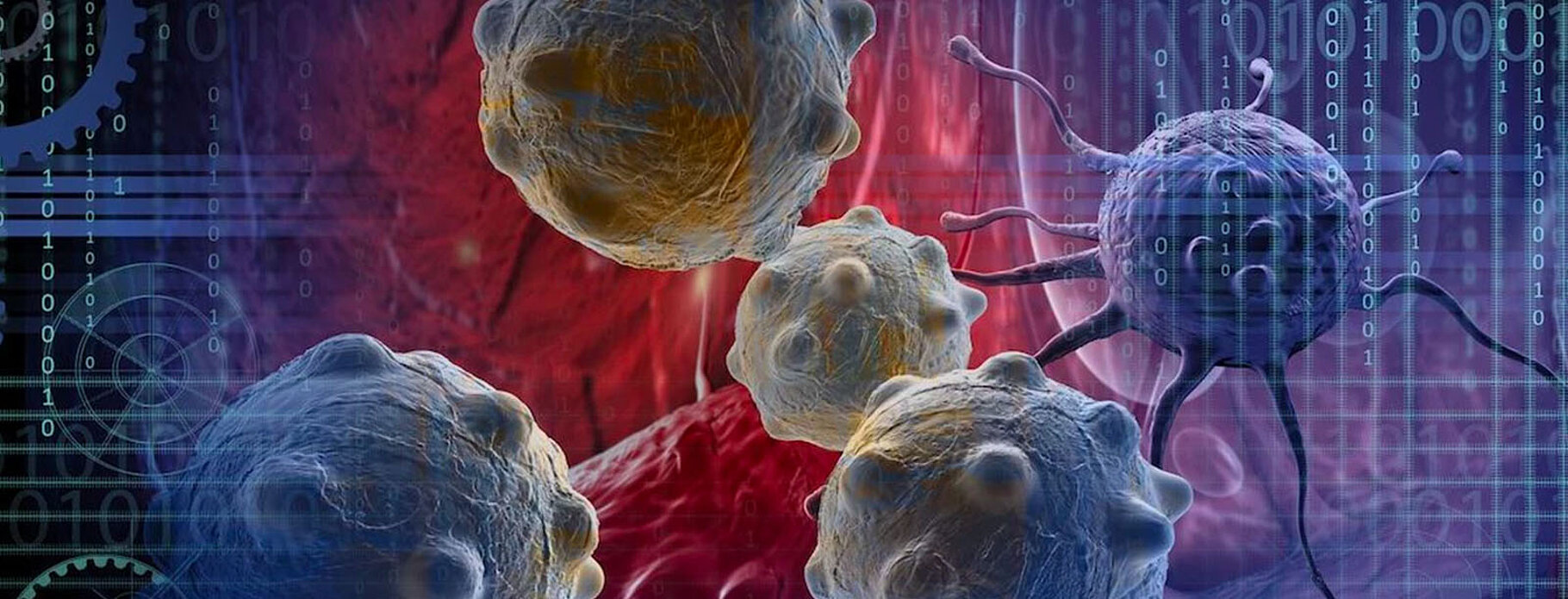
Fundamental and pathophysiological mechanisms implicated in ataxia
Fundamental and pathophysiological mechanisms implicated in ataxia
Hereditary ataxias are a heterogeneous set of severely disabling neurological disorders caused by degeneration of the cerebellum and/or the spinal cord. The prevalence of hereditary ataxias is estimated to 1/20,000 individuals in Europe, and yet there are no specific treatments for most of them.
Our research focuses on understanding the pathophysiology of ataxia, discovering disease biomarkers and developing therapeutic approaches. In addition, in close collaboration with the clinicians, we are developing new diagnostics tools for cerebellar ataxia and identify novel genes causing ataxia.
We are mainly interested in three different inherited ataxias: two recessive ataxias, Friedreich ataxia (FA) and autosomal recessive cerebellar ataxia 2 (ARCA2), linked to two essential mitochondrial pathways: iron-sulfur cluster (ICS) biosynthesis and coenzyme Q10 (CoQ10) biosynthesis, respectively; one dominant spinocerebellar ataxia, SCA7, a representative of the polyglutamine (polyQ) diseases, linked to the transcriptional regulation. FA and SCA7 belong to the family of trinucleotide repeat disorders, which are caused by dynamic mutations that show instability (expansion/contraction) in the germline and in selective somatic cells.
Friedreich ataxia (FA), the most common recessive ataxia, is characterized by progressive gait and limb ataxia associated with hypertrophic cardiomyopathy and an increase incidence in diabetes. The major mutation is a GAA repeat expansion within the first intron of the FXN gene. In FA, the GAA expansion leads to heterochromatinization of the locus resulting in a drastic decrease of transcription of FXN. The disease results from loss of function of FXN gene product, frataxin, a highly conserved mitochondrial protein involved in the biogenesis of ISC, which are essential protein cofactors implicated in numerous cellular functions.
The autosomal recessive cerebellar ataxia 2 (ARCA2) is characterized by cerebellar ataxia and atrophy, and is associated with exercise intolerance. Most patients present a mild deficiency in CoQ10 in muscle biopsies. ARCA2 results from loss of function mutations in the ADCK3/COQ8A gene that encodes a mitochondrial protein with a regulatory role in CoQ10 biosynthesis.
The dominant spinocerebellar ataxia 7 (SCA7) belongs to a group of neurodegenerative disorders caused by the abnormal expansion of polymorphic CAG repeats, leading to the toxic elongation of polyQ stretches in the corresponding disease proteins. These diseases include Huntington's disease and 5 other types of spinocerebellar ataxia (SCA1, 2, 3, 6, 17). SCA7 is due to polyQ expansion in the ataxin-7, a subunit of the transcriptional co-activator complex SAGA. SCA7 has a unique feature among polyQ diseases to cause retinal degeneration.
